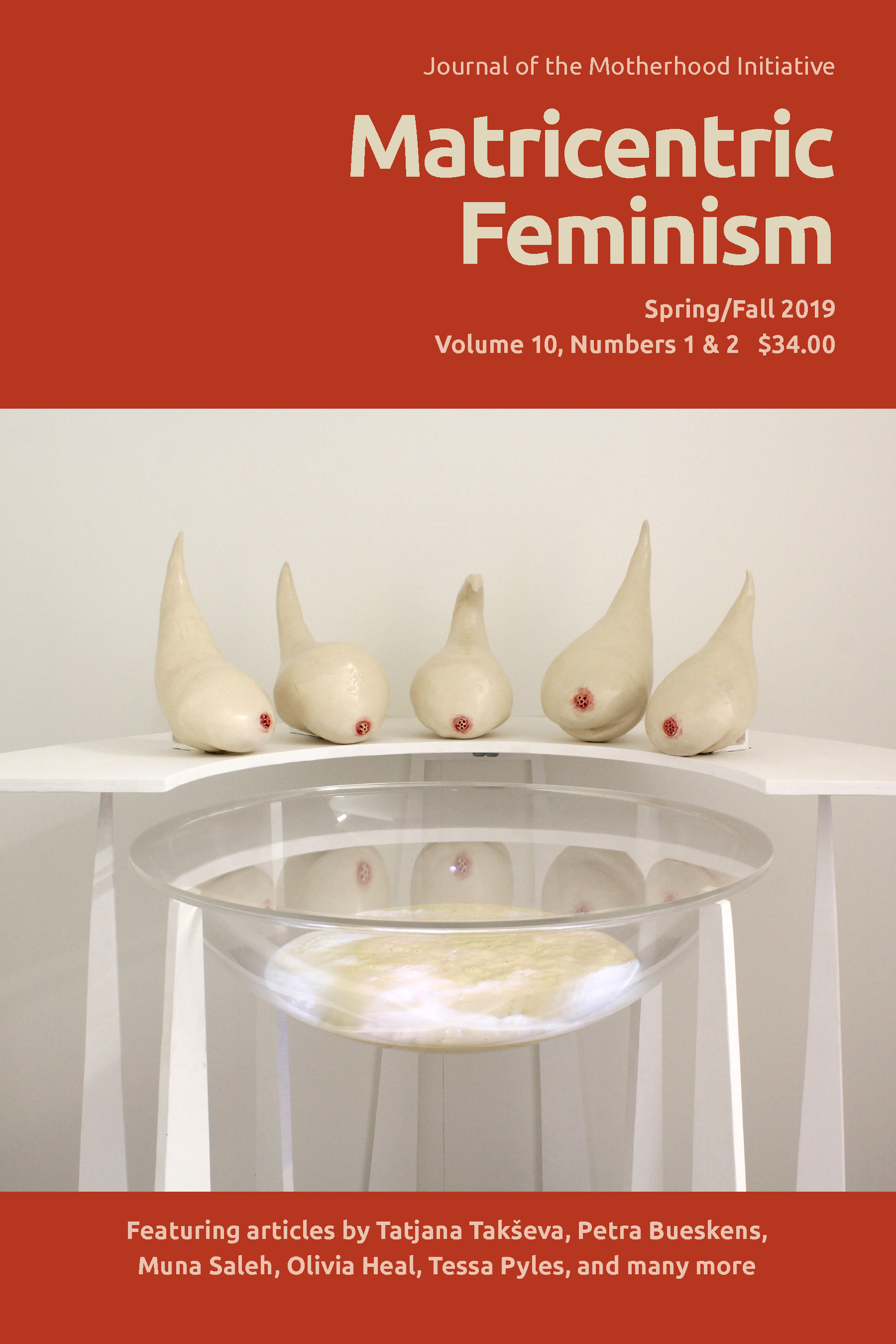Placenta, the Sculpture, and the Invisible Blood of Women
Abstract
Placenta is a giant, soft model of a human placenta, made from knitted sections of fabric pieced together around a free-standing frame. It was knitted by women out of hand-dyed yarn made from discarded t-shirts. The #placentaproject drew together a team of women (and a handful of men) who believed that it was a socially useful thing to create and exhibit a giant human placenta in order to enliven the amount of public conversation and understanding of the bodily work of women. The work of the sculpting process used a domestic craft as an act of protest—a monument to the unpaid and uncounted labour of women. This article describes the narrative of the process of the sculpting work and explores personal themes about the invisibility of women’s reproductive blood, both in health and in society itself. It also describes the anatomic and physiological learning that took place in the process of sculpting and exhibiting the work, which led to a more deeply felt awe at the work of women that often goes unnoticed. Placenta is on tour around Australia and was recently exhibited at the Australian Motherhood Initiative for Research and Community Involvement Conference, held in Sydney, in July 2019.Downloads
Published
How to Cite
Issue
Section
License
All intellectual property in relation to material included on this site belongs to the Motherhood Initiative for Research and Community Involvement (MIRCI). All material on this site is protected by Canadian and international copyright and other intellectual property laws. Users may not do anything which interferes with or breaches those laws or the intellectual property rights in the material. All materials on the Motherhood Initiative for Research and Community Involvement (MIRCI) are copyrighted and all rights are reserved. Any reproduction, modification, publication, transmission, transfer, sale, distribution, display or exploitation of the information, in any form or by any means, or its storage in a retrieval system, whether in whole or in part, without the express written permission of the Motherhood Initiative for Research and Community Involvement (MIRCI) is prohibited. Please contact us for permission to reproduce any of our materials. This site may include third party content which is subject to that third party's terms and conditions of use.


